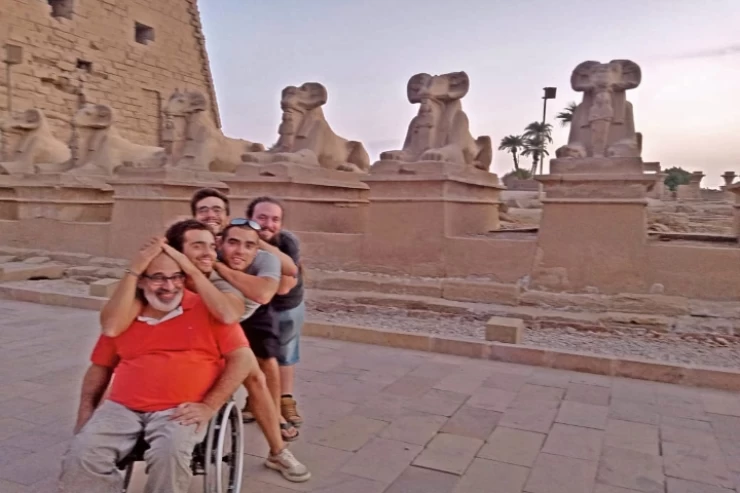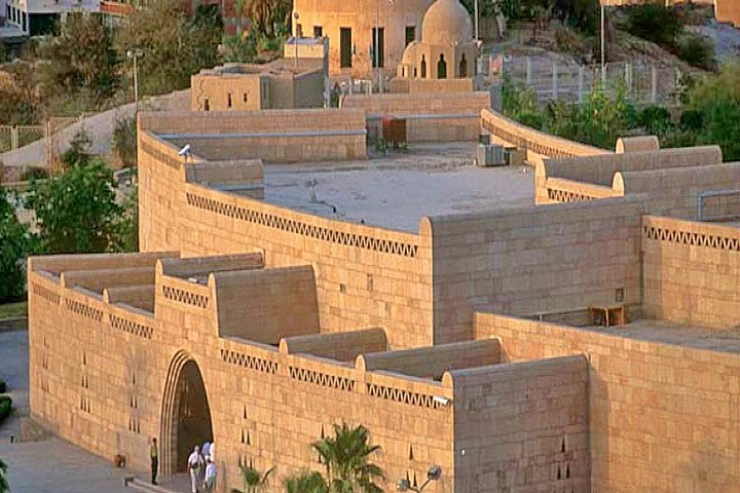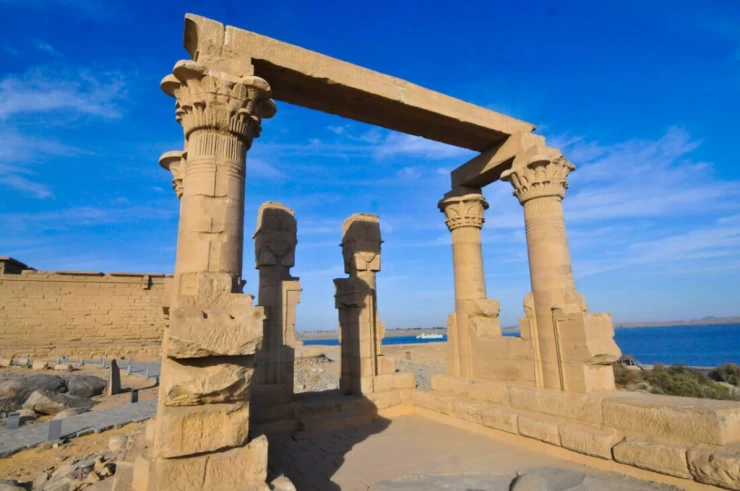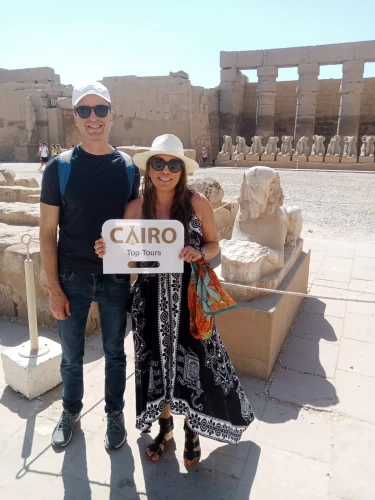
About Nuweiba
Nuweiba
Nuweiba is an Egyptian city and a division of the South Sinai Governorate. It is situated overlooking the Gulf of Aqaba and covers an area of 5097 km, 85 km away from Dahab city and 465 km from Suez Canal, and is inhabited by Muzaina, Tarabin, and Juhayna tribes of the Sinai Bedouin tribes. The city has developed from an isolated desert oasis to a rare tourist resort and city. Travelers with the intention of rest and recreation far from the populated tourist attractions to enjoy the wonderful sandy beaches teeming with unusual Bedouin tents. The city has a seaport, and its activities are usually based on tourism, port activities, shipping, transportation, and agriculture, in addition to business and commerce. Best time to visit Nuweiba
Summer is the optimal time to visit Nuweiba city center because tourists enjoy the warm and sunny weather that allows them to explore the attractive beaches and blue seas. In addition, tourists can participate in water sports like water skiing, swimming and snorkeling.
Why Nuweiba is called Nuweiba
Why it is called Nuweiba because the ancestors of the Tarabin Bedouins were Naba and Attiya who remained there, therefore it was called Nuweiba.
Nuweiba attractions
Abu Galom Reserve is located to the north of Dahab and has been a natural civilization proclaimed, because the area is famous by an integrated environment made up of the desert and mountain terrain along with a marine environment full of coral reefs and multicolored fish, and a variety of animals such as gazelles, turtles, and foxes, along with a variety of reptiles and rodents, and birds of prey such as eagles and osprey live in the area.
Nuweiba Castle It is also known as Nuweiba Tabiya, which is a small castle built by Al-Sar Darya in 1893, when the Egyptian soldiers left Aqaba, and turned it into a police center from the Hajjanah to secure that area.
Pharaoh Island (Salah al-Din Castle): Constructed under the rule of Salah al-Din al-Ayyubi (1170 AD) in order to fend off the Crusaders, it was constructed similarly to Salah al-Din Castle located close to Ain Sidr, and only water cisterns, grain silos, ammunition, and military residences exist from it today.
Nuweiba port
Nuweiba Port is one of the Egyptian ports of the Red Sea Ports Authority, located on the west coast of the Gulf of Aqaba about 168 kilometers to the north of Sharm El Sheikh and 64 kilometers south of Taba.


















